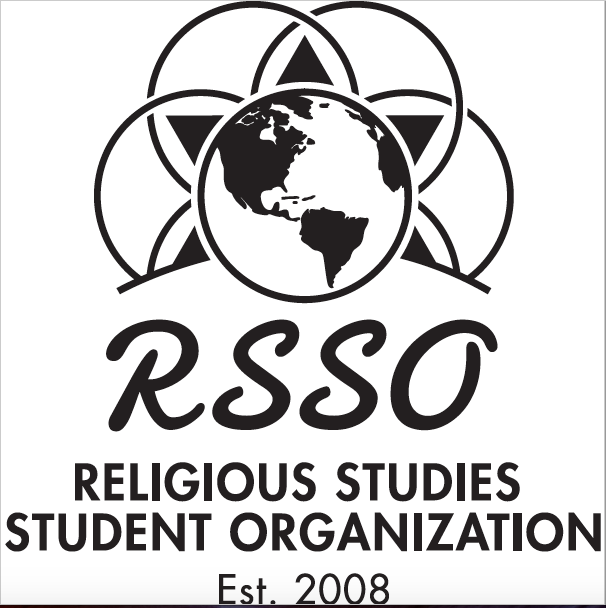Objects of Influence: Sacrality and Native American Material Culture Across Five Contexts
Start Date
10-4-2021 12:25 PM
End Date
10-4-2021 1:30 PM
Abstract
Much has been written on the politics of (re)presenting Native American objects in American museums and on the successes and stumbles associated with the Native American Graves Protection and Repatriation Act of 1990. However, the vast majority of scholarship on Native American material culture focuses on a single context –for example, a museum exhibition. The element of change over time and place is therefore underexplored. The present research addresses this gap by examining Native American religious and cultural objects across both time and space. Particular attention is paid to sacred and ceremonial objects and to the histories and current exhibitions of the Field Museum of Natural History and the Smithsonian National Museum of the American Indian. Sacred objects discussed include, among others, the Zuni War Gods, the Omaha Venerable Man, and Tlingit clan hats. Taking a biographical approach, this research follows the journeys of Native American material cultural heritage through a framework of five generalized points in the life cycle of such objects: (1) origin, (2) acquisition, (3) exhibition, (4) repatriation, and (5) return. In each stage, objects are acted upon by power, expectation, and cultural values, whether indigenous or Euro-American. The status of an object as “sacred” also has impact in each stage; for example, sacred objects may have different needs in the museum exhibition, while the very sacrality of the object becomes a topic of debate under a repatriation claim. As objects’ meanings are socially constructed and subjective, change in classification and context dramatically affect how a sacred object is perceived, how it is treated, and what it is.
Objects of Influence: Sacrality and Native American Material Culture Across Five Contexts
Much has been written on the politics of (re)presenting Native American objects in American museums and on the successes and stumbles associated with the Native American Graves Protection and Repatriation Act of 1990. However, the vast majority of scholarship on Native American material culture focuses on a single context –for example, a museum exhibition. The element of change over time and place is therefore underexplored. The present research addresses this gap by examining Native American religious and cultural objects across both time and space. Particular attention is paid to sacred and ceremonial objects and to the histories and current exhibitions of the Field Museum of Natural History and the Smithsonian National Museum of the American Indian. Sacred objects discussed include, among others, the Zuni War Gods, the Omaha Venerable Man, and Tlingit clan hats. Taking a biographical approach, this research follows the journeys of Native American material cultural heritage through a framework of five generalized points in the life cycle of such objects: (1) origin, (2) acquisition, (3) exhibition, (4) repatriation, and (5) return. In each stage, objects are acted upon by power, expectation, and cultural values, whether indigenous or Euro-American. The status of an object as “sacred” also has impact in each stage; for example, sacred objects may have different needs in the museum exhibition, while the very sacrality of the object becomes a topic of debate under a repatriation claim. As objects’ meanings are socially constructed and subjective, change in classification and context dramatically affect how a sacred object is perceived, how it is treated, and what it is.

